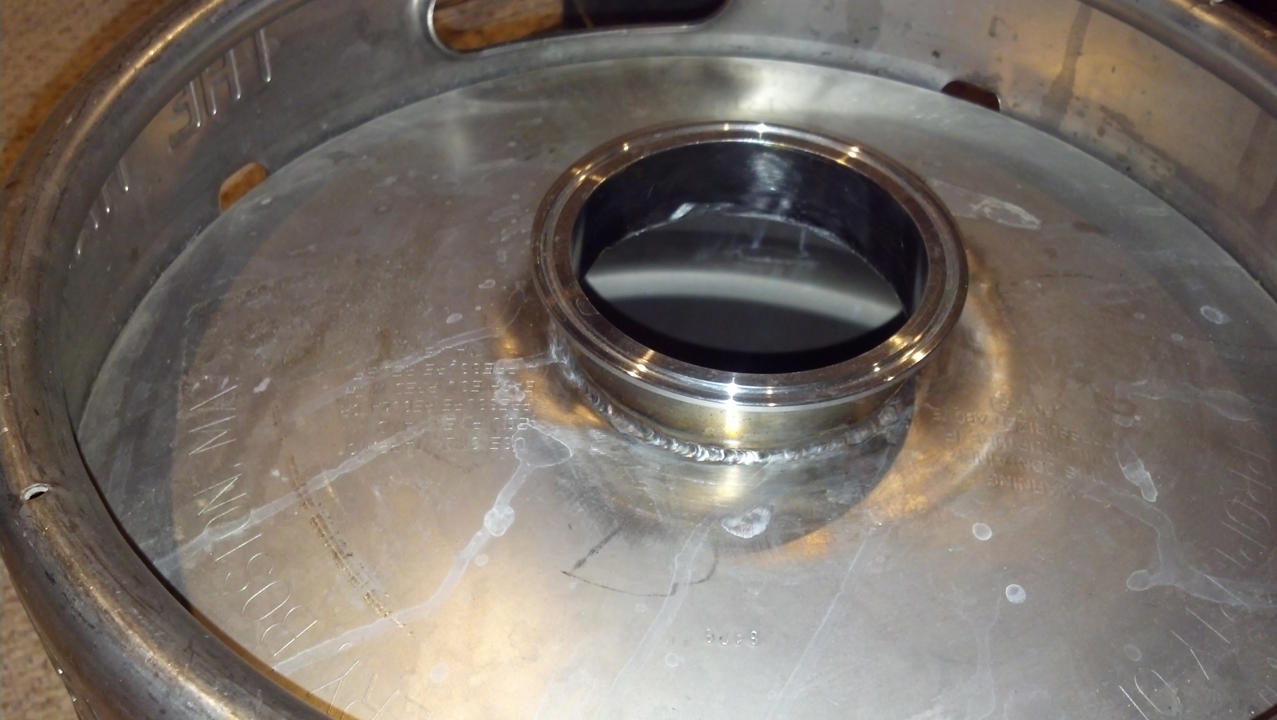missing link
Well-Known Member
When you do a 10 gallon batch, do most of you ferment in 2 5 gallon pails? If you ferment in seperate containers, how similar do the beers taste afterwards?
I've always done 5 gallon batches but lately, I am having trouble keeping even one of my 2 taps flowing so I am thinking of jumping to 10 gallon batches.
Linc
I've always done 5 gallon batches but lately, I am having trouble keeping even one of my 2 taps flowing so I am thinking of jumping to 10 gallon batches.
Linc







